The long-lost capital of an ancient Maya kingdom has been discovered in the backyard of a cattle rancher in southeastern Mexico.
Now dubbed Lacanja Tzeltal, named for the nearby modern community, the ancient city is thought to be the capital of the Sak Tz’I’ – “white dog” – kingdom, located in Chiapas, Mexico.
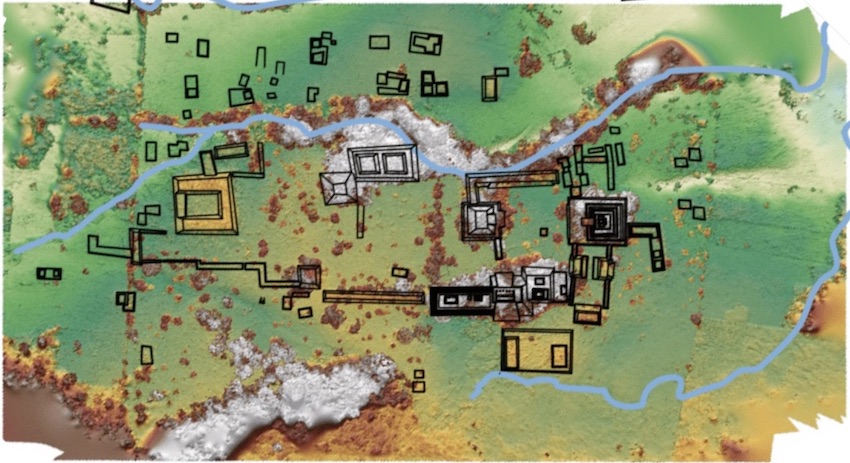
Researchers had been searching for evidence of the 3,000-year-old city for more than 20 years after finding inscriptions at other Maya excavation sites that described its existence.
It wasn’t until 2014 when graduate student Whittaker Schroder came across a man selling carnitas on the side of the highway who told him that his friend, a cattle rancher, had found a large tablet believed to have belonged to the Maya.
Inscriptions deciphered on the 0.6- by 1.2-meter-long (2- by 4-feet) tablet told stories of an ancient mythical water serpent, several elderly unnamed gods, and accounts of dynastic rulers – all tales that intertwined myth and reality.
Located along the bottom of the tablet was a dancing royal figure dressed as the rain god Yopaat, carrying an ax in his right hand and a battle weapon known as a manopla, or bludgeon, in his left.
It took five years of negotiations to secure permission to excavate on the ranch, and in June 2018 an international team of researchers from the US, Mexico, and Canada broke earth as cattle grazed alongside them.
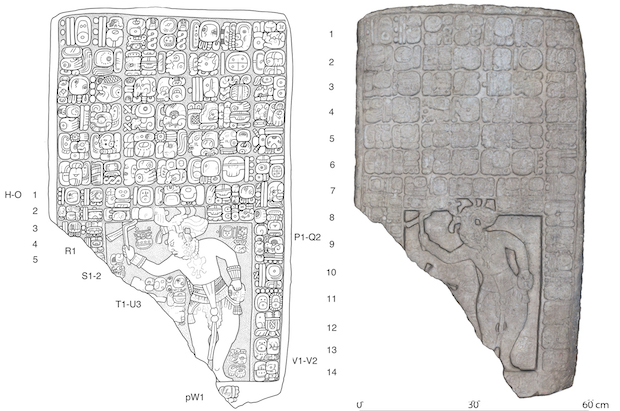
The Maya Kingdom of Sak Tz’i’
Sak Tz’I’ was settled around 750 BCE and occupied for more than a millennium.
It was not a powerful kingdom and is modest compared to other well-known sites like Chichen Itza and nearby Palenque.
Its small boundaries straddle the border between modern-day Mexico and Guatemala.
However, excavations revealed a trove of Maya monuments and remnants of ancient pyramids, a palace, and even a ball court where players would bounce a 9-kilogram (20-pound) ball back and forth.
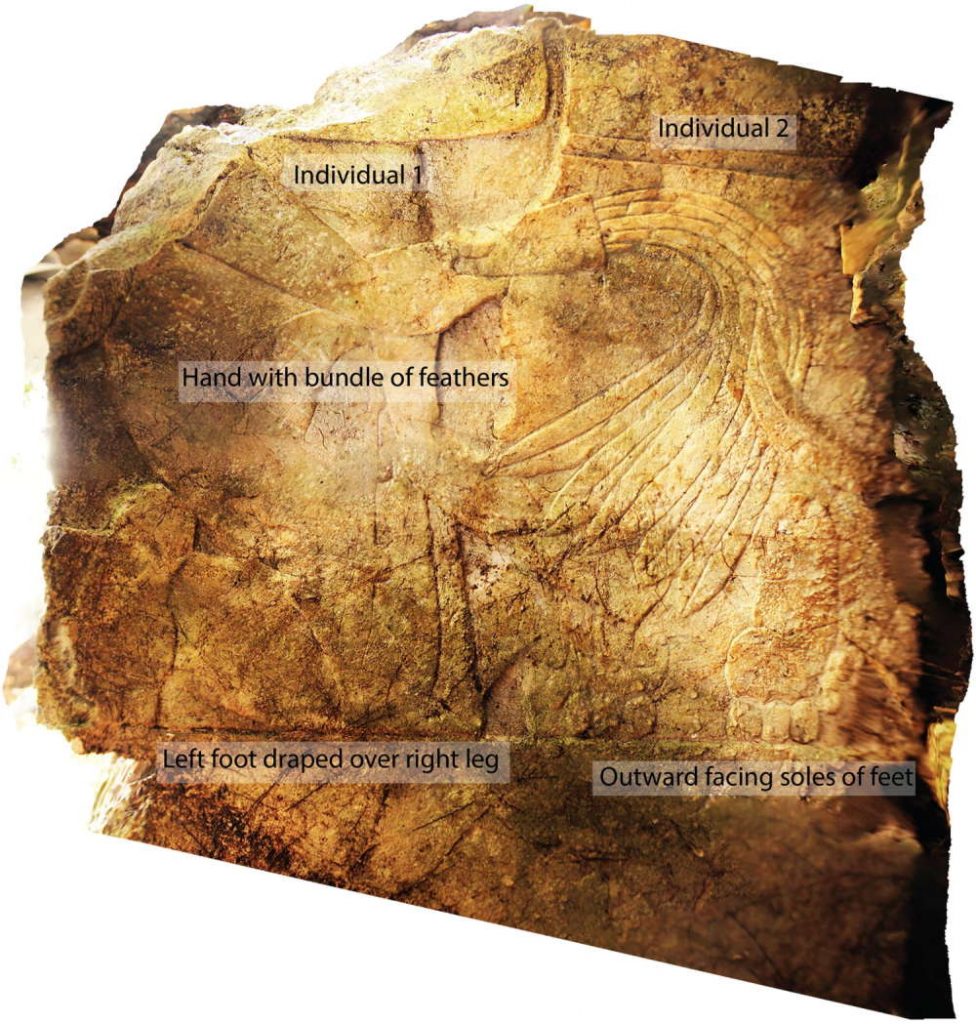
A preliminary count of structures at Lacanjá Tzeltal yields 120 structures and 56 carved monuments, though there are likely many more that have been looted and currently unknowingly reside in public and private collections.
Along the northeastern end of the city, a 13.7-meter-tall (45-foot) pyramid stands over the city, surrounded by several structures believed to have been used by the elite for religious and political activities.
At the center of such activities is a 1.5-acre courtyard known as Plaza Muk’ul Ton, or Monuments Plaza.
Here, a staircase leads from the plaza to a platform where royal members may have been buried.
In Maya society, commoners tended to live in the countryside where they grew and harvested crops as well as made pottery and stone tools. These goods would then be brought to the city’s marketplace to be sold and traded. More history archeology news on Strange Sounds or Steve Quayle. [Brandeis.edu, TandFonline, IFLScience]





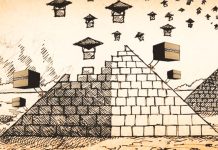




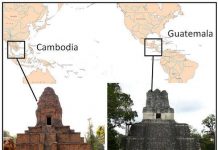


an amaZing site: full oF wonderment – almost unheard articles, much APPRECIATION……